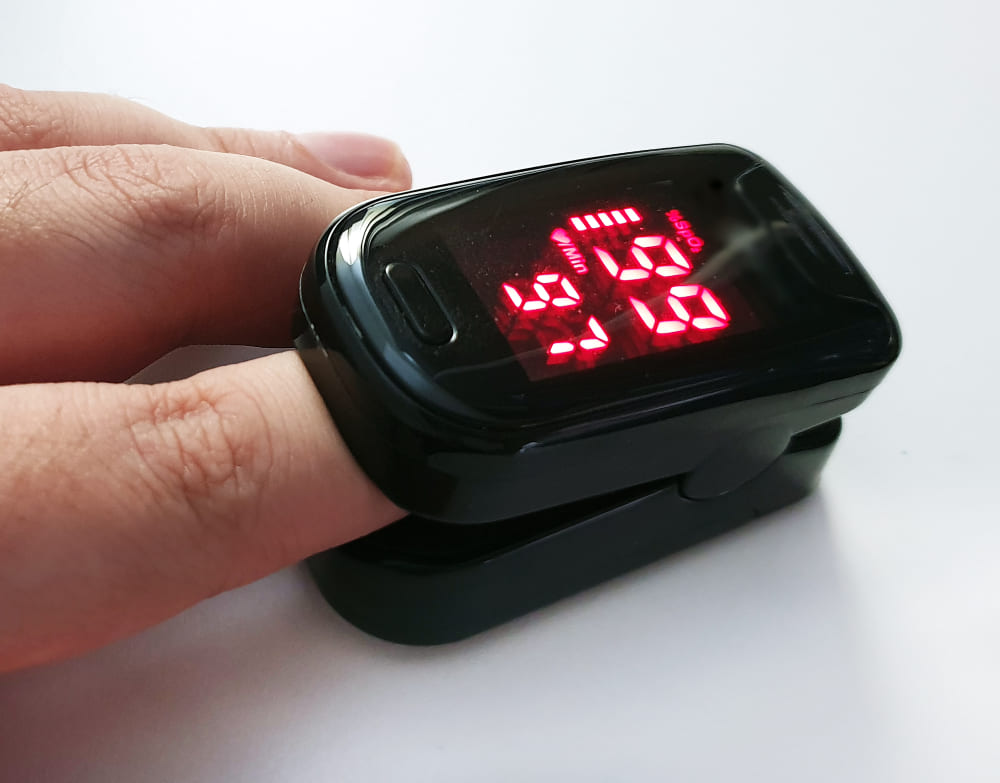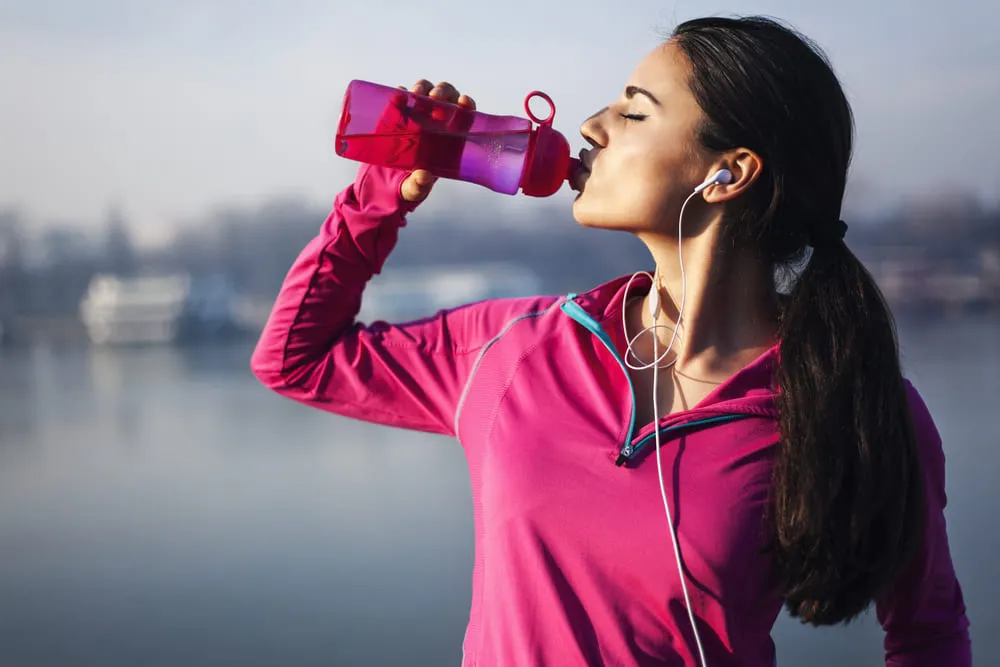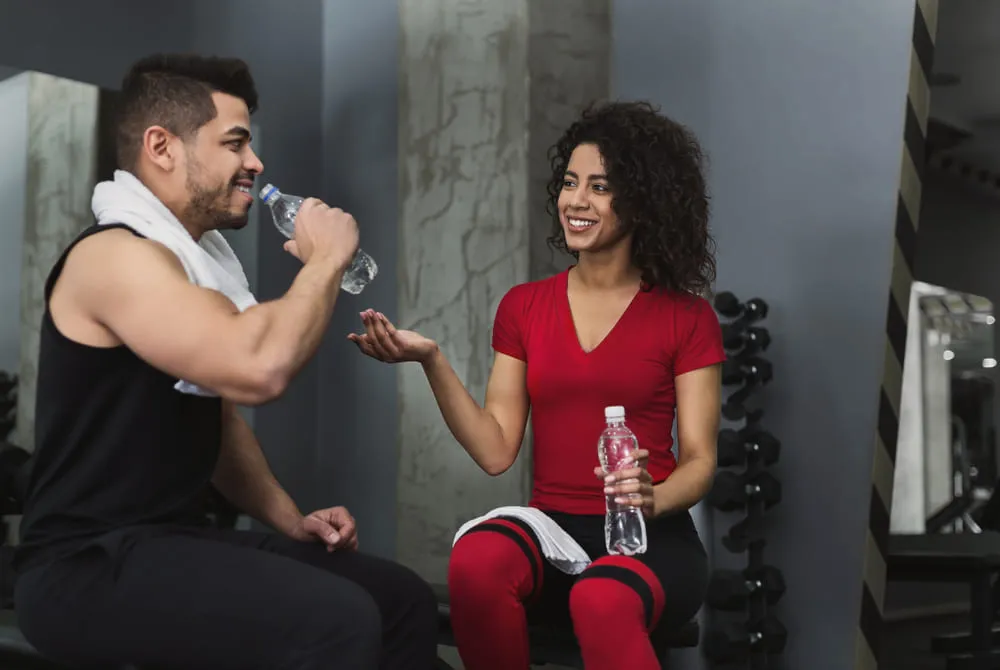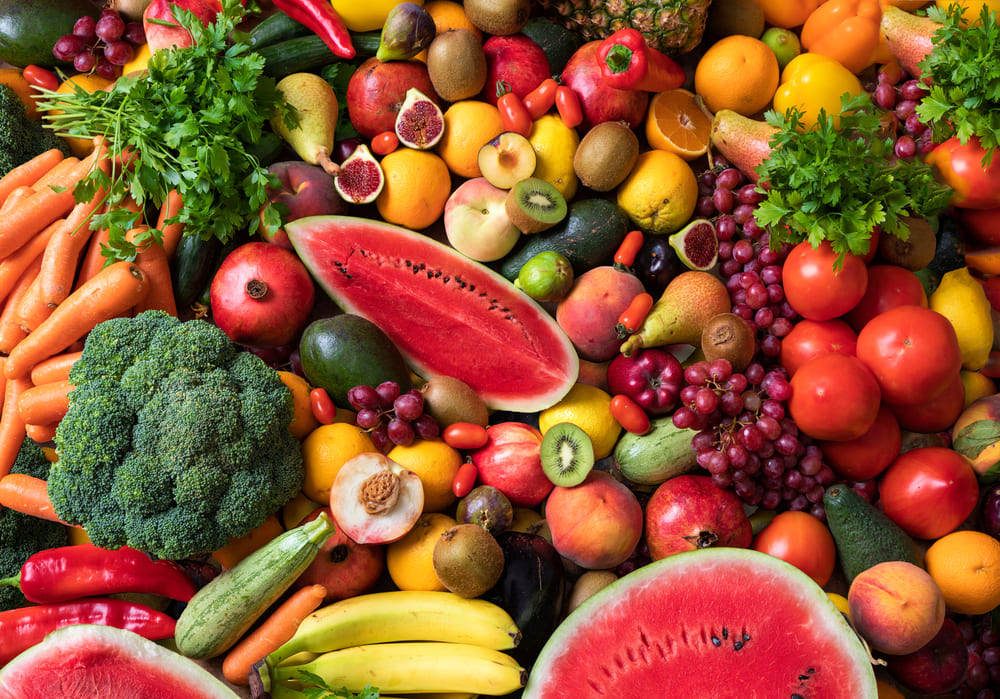What are the best expert-approved heart health tips?
It’s always interesting to see what specialists in heart health recommend as the best heart care tips and where and how they may differ in their approach.
In our quest to get several beneficial opinions in one article here, we looked at some of the top sources in the world for heart health. We got useful messages from the American Heart Association (AHA) and the British Heart Foundation (BHF) … along with extra tips from the Mayo Clinic, the Cleveland Clinic, John Hopkins Medicine, and the CDC.
We found excellent AHA heart advice for people of different ages. The BHF gives its advice through a vast FAQ. There are some pieces of advice that almost all cardiologists universally give.
All these tips are invaluable for you, whether you have a problem with heart health or would like to keep yourself from it. So, come on this discovery with us for some gems in heart advice from some of the most reputed names in the field.
What to be careful about … universal advice from all heart doctors
All cardiology experts believe everybody must be encouraged to follow these practices below:
1. As the Cleveland Clinic advises, eat a regulated diet plan that is nutrient-and-fiber-rich (with lean meats, fruits and vegetables, whole grains and cereals) … but avoid saturated fat, trans fat, and sodium.
2. The Mayo Clinic advocates exercising regularly as an absolute must. They say healthy adults should aim for at least 150 minutes of moderate aerobic activity or 75 minutes of vigorous aerobic activity a week – or an equivalent combination of moderate and vigorous activity.
3. According to John Hopkins Medicine, assessing your heart risk and learning all the many warning signs of a heart attack and stroke is essential. Heart attack risks and symptoms can be very different in different people.
4. As the Centers For Disease Control and Prevention (CDC) advises, being extra careful of certain chronic illnesses such as obesity, cholesterol, diabetes, and hypertension is vital. When these ailments combine with other hereditary factors, they can all have a multiplicative effect on the heart. Regular checkups with doctors are imperative if you have high sugar levels, high blood pressure symptoms, cholesterol side effects, or an obesity diagnosis.
Top-notch advice from the American Heart Association (AHA)
The American Heart Association seems concerned with how people’s lifestyles and habits change as they age. They believe that the health of our hearts must be age-sensitive, i.e., we have to use different ways to control heart ailments as we age.
They say, “Lack of exercise, a poor diet, and other unhealthy habits can take their toll over the years. Anyone at any age can benefit from simple steps to keep their heart healthy during each decade of life.”
For age-wise heart care tips, here is the list from AHA:
In your 20s, get smart about your heart early on to be ahead of the curve
Find a doctor and have regular wellness exams. Be physically active. Don’t smoke and avoid secondhand smoke.
In your 30s, juggling family and career leaves many people to neglect heart care
Make heart-healthy living a family affair. Know your family history. Tame your stress.
In your 40s, the healthy choices you make now can work for long-term heart care
Watch your weight as your metabolism slows down. Have your blood sugar level checked. Don’t brush off snoring as it may indicate sleep apnea.

In your 50s, watch out for those invisible signs and impact of aging on the heart
Eat a healthy diet that is rich with omega-3 fatty acids. Learn the warning signs of a heart attack and stroke. Follow your doctor’s treatment plan with no let-up at all.
In your 60s, watch your numbers closely and manage any health problems that arise
Have an ankle-brachial index test to diagnose peripheral artery disease. Watch your weight. Your body needs fewer calories as you get older. Learn whom to call and what to do if you have a heart attack or stroke.
Some chosen advice from the exhaustive list of FAQs of the British Heart Foundation (BHF)
The British Heart Foundation answers every small or large concern that healthy people or heart patients may have.
They believe that knowledge is power. The more you know, the less you get worried and add to the symptoms of severe heart disease if you get it. Here are just a few of the top FAQs that BHF has answered. There are plenty more on their website.
What is a normal pulse rate?
BHF answers: “Your pulse rate, also known as your heart rate, is the number of times your heart beats per minute. A normal resting heart rate should be between 60 to 100 beats per minute, but it can vary from minute to minute. Your age and general health can also affect your pulse rate, so it’s important to remember that a ‘normal’ pulse can vary from person to person. If your heart rate is over 100 beats per minute at rest, this is considered fast.”

Should palpitations stop me from exercising?
BHF answers: “Palpitations are when you ‘feel’ your heartbeat, or feel like your heart is fluttering or skipping a beat. Medication, hormone changes, caffeine, lack of sleep, dehydration, or stress can cause them. If the palpitations are bothering you, get worse, or you have a history of heart problems, it’s a good idea to contact your doctor. Likewise, if they’re putting you off exercise, then get them checked out.”
What’s the best heart rate monitor to buy?
BHF answers: “Wearable devices and smartphone apps to monitor your heart rate are becoming increasingly popular. They can help track fitness and notice if something is out of the ordinary, but they can’t give a diagnosis. Because they can vary in accuracy, if you see a reading unusual for you, it’s important to try not to worry if it is just one time. If you notice these readings repeatedly, let your doctor know.”
Why do I feel dizzy on heart medication, and what can I do to stop it?
BHF answers: “Occasional dizziness can be a part of living with a heart condition and can be caused by different things, including medication. If you are new to this kind of medication, you may find that your body becomes used to the new drug in time. Try to give it at least two or three weeks, but if you notice that you are not improving or feeling worse, let your doctor know so they can review your starting dose.”
Can early menopause affect my heart?
BHF answers: “Premature ovarian insufficiency (POI) is sometimes used interchangeably with early menopause. It can also be called premature ovarian failure. It means you have experienced menopause before the age of 40. The most obvious effects are early symptoms of menopause, including your periods stopping and reduced fertility. But women who experience POI are also known to be at higher risk of coronary heart disease.”
In summary
The Internet is full of heart care information, but we have put together some of the most useful advice that may help answer your doubts and help you make positive and proactive changes. With every heartbeat, your heart sends signals calling for the best care you can provide them. Stay heart-healthy. Be a Zinda Dil.
References
- Cleveland Clinic. “How To Follow a Heart-Healthy Diet.” Accessed: February 23, 2023. https://health.clevelandclinic.org/heart-healthy-diet/
- Mayo Clinic. “Aerobic exercise.” Accessed: February 23, 2023. https://www.mayoclinic.org/healthy-lifestyle/fitness/basics/aerobic-exercise/hlv-20049447
- John Hopkins Medicine. “Heart Health Tips.” Accessed: February 23, 2023. https://www.hopkinsmedicine.org/health/wellness-and-prevention/heart-health-tips
- Centers For Disease Control and Prevention (CDC). “Know Your Risk for Heart Disease.” Accessed: February 23, 2023. https://www.cdc.gov/heartdisease/risk_factors.htm
- American Heart Association (AHA). “How to Help Prevent Heart Disease At Any Age.” Accessed: February 23, 2023. https://www.heart.org/en/healthy-living/healthy-lifestyle/how-to-help-prevent-heart-disease-at-any-age
- British Heart Foundation (BHF). “Heart Matters: Your Questions Answered By An Expert.” Accessed: February 23, 2023. https://www.bhf.org.uk/informationsupport/heart-matters-magazine/medical/ask-the-experts





























